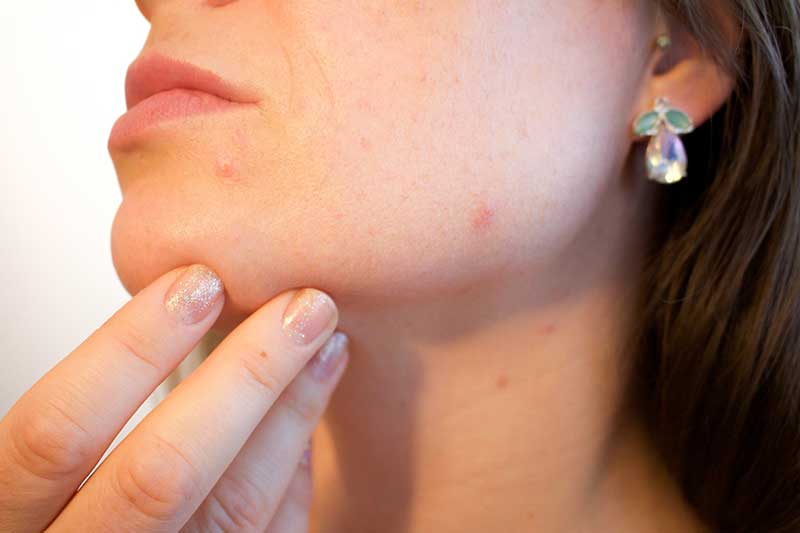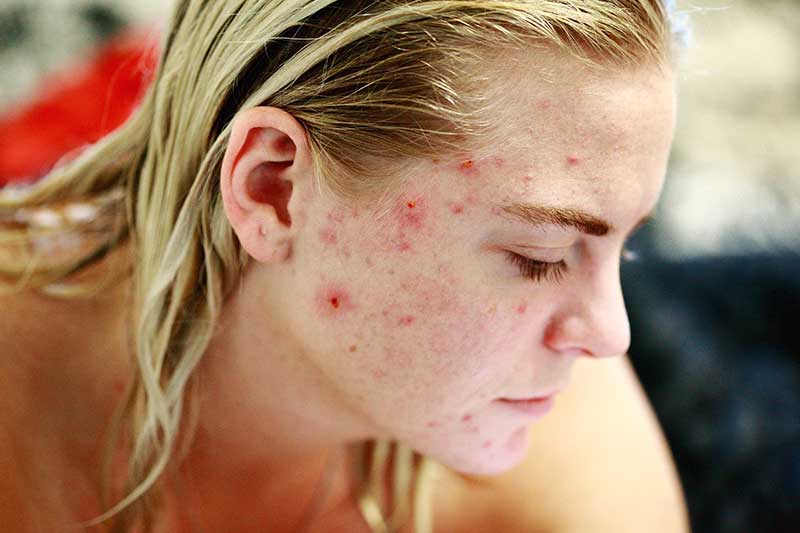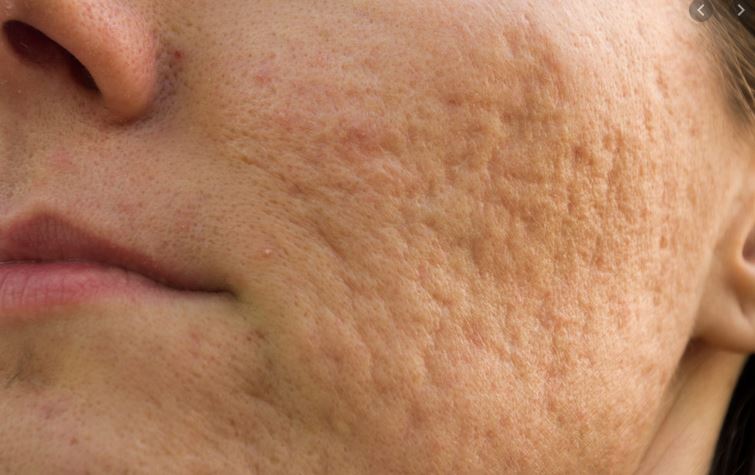Acne
What is acne?
Acne is a very common skin condition identified by the presence of comedones (blackheads and whiteheads) and pus-filled spots (pustules). It usually starts during puberty. Acne ranges from a few spots on the face, neck, back and chest, which most teenagers will have at some time, to a more severe problem that may cause scarring and reduce self-confidence. For most, it tends to go away by the early to mid twenties, but it can go on for longer. Acne can also develop for the first time in people in their late twenties and beyond.
What causes acne?
Our sebaceous (oil-producing) glands are affected by our hormones. In people who have acne, the glands are particularly sensitive, even to normal blood levels of these hormones. This causes the glands to produce too much oil. At the same time, the lining of the pores (the small holes in the skin’s surface) becomes thickened and dead skin cells are not shed properly. A mixture of the oil (sebum) and dead skin cells builds up and plugs the pores producing blackheads and whiteheads. The acne bacteria live on everyone’s skin, usually causing no problems. In those with acne, the build-up of oil creates an ideal environment for the bacteria to multiply. This is accompanied by inflammation which leads to the formation of red, swollen or pus-filled spots.
Can acne be cured?
At present there is no ‘cure’ for acne, although the available treatments can be very effective in preventing the formation of new spots and reducing scarring.
What causes acne scarring?
Acne can leave scars or marks on the skin, particularly in the presence of nodules and cysts. These may be raised and lumpy (known as hypertrophic or keloid scars) or indented (known as pitted or atrophic scars). Acne can also leave discolouration which may be red, hyperpigmented (darker than your usual skin colour) or hypopigmented (lighter than your normal skin colour).
Scar Revision
Scar Revision
The term “scarring” refers to a fibrous process in which new collagen is laid down to heal a full-thickness injury. It affects 30% of those with moderate or severe acne.
Post-inflammatory colour changes are seen after inflammatory acne lesions have recently healed.
At loveSkin we are able to help you improve the appearance of your scarring.
Your aesthetic nurse Isabel Lavers has many years of experience in dermatology and will be able to help you find the most appropriate treatment.
Your consultation
At loveSkin we are able to help you manage you acne. Your aesthetic & dermatology nurse Isabel Lavers has many years of experience in treating acne (both for the NHS and in private practice) and will be able to help you find the most appropriate treatment. Your consultation will include an assessment of your skin and taking your medical history relating to your acne and possible contributing factors. We will discuss your current treatments and you are welcome to bring any products used to this appointment. Every patient has very individual needs. Following your initial assessment appropriate treatments and products are discussed and treatment plan drawn up for you. We will discuss treatments available in clinic but also those available via the NHS. There is no charge for an initial consultation so please do not hesitate to come in and see Isabel
How we treat acne and acne scarring at loveSkin
In general, most treatments take two to four months to produce their maximum effect.
Acne treatments fall into the following categories:
Topical treatments, i.e. those that are applied directly to the skin including:
- Home care products for the daily management of your acne or to reduce the severity of acne scarring and discolouration
- Skin Peels (to reduce active acne and improve the appearance of scarring / pigmentation)
Other treatments to help improve skin appearance and texture and reduce scarring and pigmentation include:
- Sublative RF
- PRX-T33
- Micro needling
- Dermal Filler and subcision (for pitted or atrophic scars)
Free Consultations
Reach Us
Address
loveSkin Clinic
324 Tottington Road
Bury
BL8 1TA



